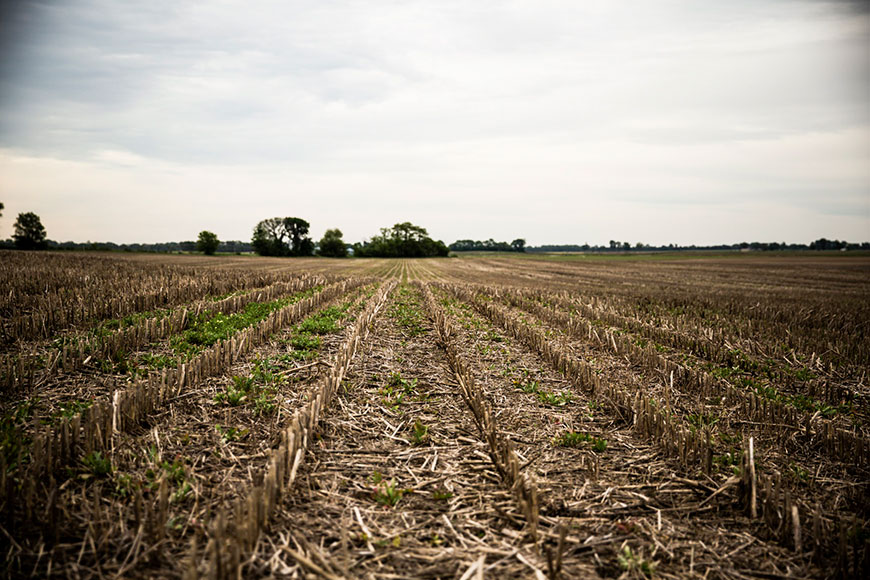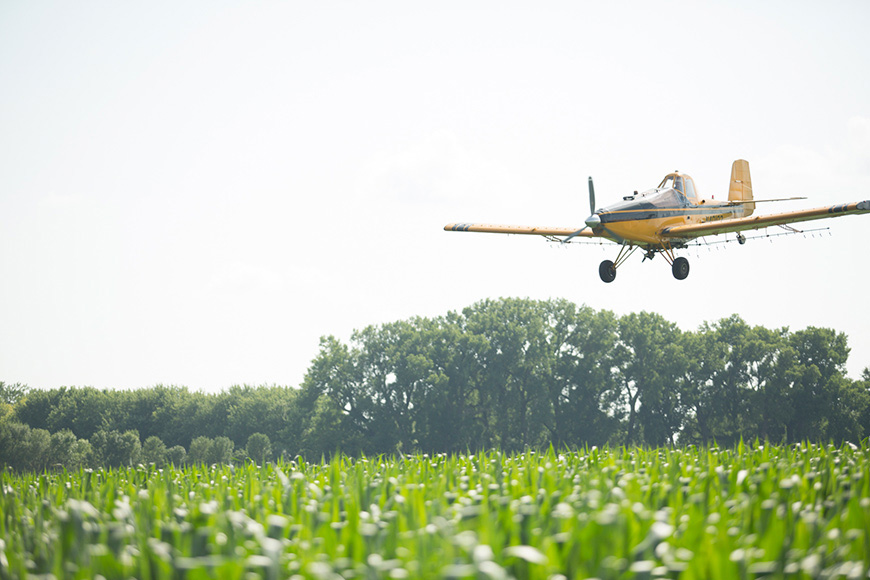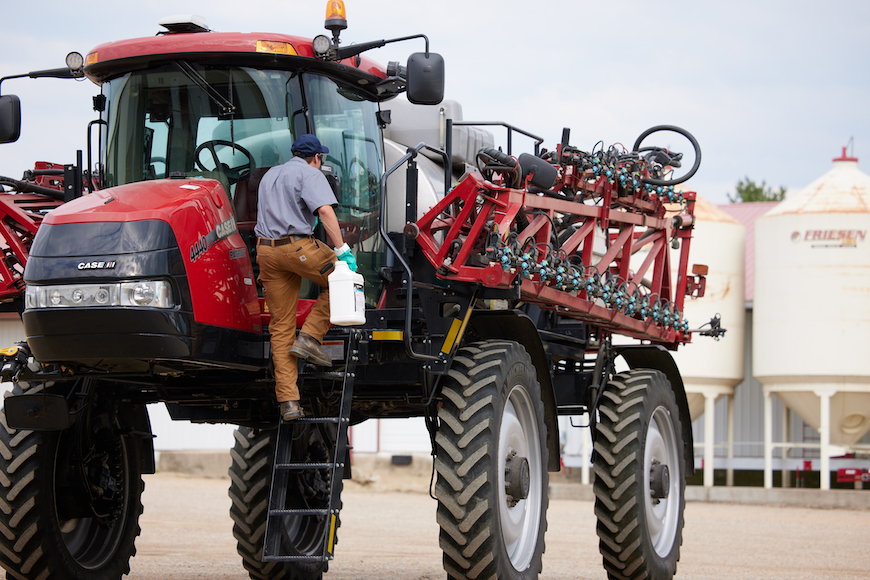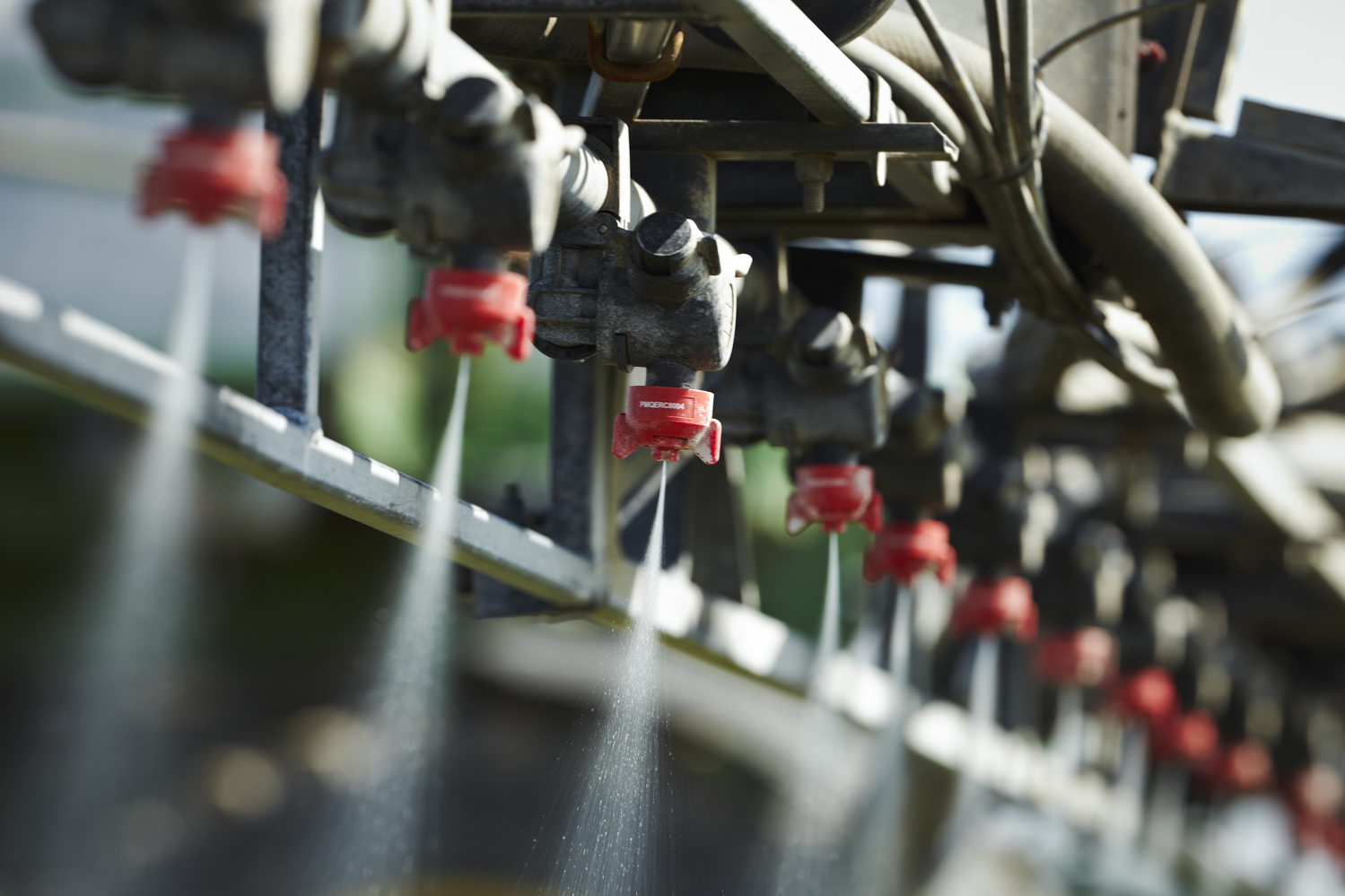Be Proactive With Prevent Plant Acres

Many farmers are considering whether or not their prevent plant acres are worth planting in 2020 or if they should start prepping them this year for planting in 2021. Here are some recommendations for determining when you should return those acres to crop production and how to begin preparing them.
1. Manage weeds effectively on prevent plant acres.
When you’re managing an acre that’s coming out of being prevent planted, the fundamentals of effective weed control are paramount. At a bare minimum:
- Use a preemergence herbicide with a minimum of three effective herbicide modes of action. With a preemergence herbicide, you set up a foundation for success. This year, not using one is not an option.
- Include the correct adjuvants in the spray tank.
- Avoid waiting until the in-season timeframe to control weeds, when you’ll have far fewer options.
- Control weeds before they’re 4 inches tall.
2. Know what weeds you have and when they emerge on prevent plant acres.
This will help you choose the right type of herbicide and time your applications appropriately. For example:
- Marestail and kochia germinate in the spring. To eliminate those weeds early, implement a preemergence burndown and residual weed-control program using a product such as Dimetric® Liquid herbicide.
- Waterhemp emerges in the middle or latter part of the season. Choose in-season residual herbicides such as Charger MAX® herbicide, Warrant® herbicide or Outlook® herbicide, coupled with traited products such as Liberty® or Enlist™ herbicides to tackle them.
Most corn herbicides contain three or four effective modes of action and in a normal growing season, you’d usually need to make only one or two herbicide passes. This year, remember that a second or third application may be needed to clean up any weeds previously missed. Soybean herbicides normally use three effective modes of action at a minimum. This year, it’ll probably take four. And where you’d normally make two or three herbicide passes in soybeans, plan for three or four. You may not need them, but put your plan together now to tackle the heavy weed pressure that’s sure to come. Manage your prevent plant ground to avoid having an even bigger weed seedbank going forward.
3. Be strategic about fertilizer timing and rates on prevent plant acres.
The good news is, for fields planted in corn or soybeans in 2019, phosphorus and potassium levels shouldn’t have changed much because these nutrients are non-mobile in the soil. However, prevent plant acres are at risk of fallow syndrome. This is when soil that hasn’t been planted into for up to 12 months begins losing the fungi that enable plants to take up phosphorus.
Whether or not you have fallow syndrome depends on how you managed your prevent plant acres. If you tilled them every two to three weeks throughout the season and kept the ground black, you’re at a slightly higher risk of fallow syndrome occurring.
If you’re concerned about fallow syndrome:
- Apply phosphorus in-furrow. Do this by using 10-34-0 fertilizer, along with 1 to 2 quarts of Ultra-Che® Zinc 9% EDTA or Citri-Che® Zinc 10%.
- Rather than apply all your nitrogen and sulfur preplant, consider putting out 50% to 70% preplant, then side-dressing or top-dressing the rest in early to mid-June. This will help avoid nitrogen leaching or denitrification due to overly wet soils. Don’t forget to include a nitrogen stabilizer in the tank.
- Perform your soil testing at the same time every year. Talk with your trusted agronomic advisor about the value of performing a soil nitrate test this spring to determine if you need additional nitrogen in-season.
- Take tissue samples during the season to gauge plant nutrient needs.
Getting prevent plant acres back into shape for crop production can be a heavy lift. But with a solid herbicide program, a good farm management plan, patience and the help of a trusted agronomy professional who knows your fields, you can do it successfully.
All photos are either the property of WinField United or used with permission.
© 2020 WinField United. Important: Before use always read and follow label instructions. Crop performance is dependent on several factors many of which are beyond the control of WinField United, including without limitation, soil type, pest pressures, agronomic practices, and weather conditions. Growers are encouraged to consider data from multiple locations, over multiple years, and be mindful of how such agronomic conditions could impact results. Charger MAX®, Citri-Che®, Dimetric®, Ultra-Che® and WinField® are trademarks of WinField United. EnlistTM is a trademark of Dow AgroSciences, DuPont or Pioneer, and their affiliated companies or their respective owners. Liberty® and Outlook® are trademarks of BASF Corporation. Warrant® is a registered trademark of Monsanto Technology LLC.





